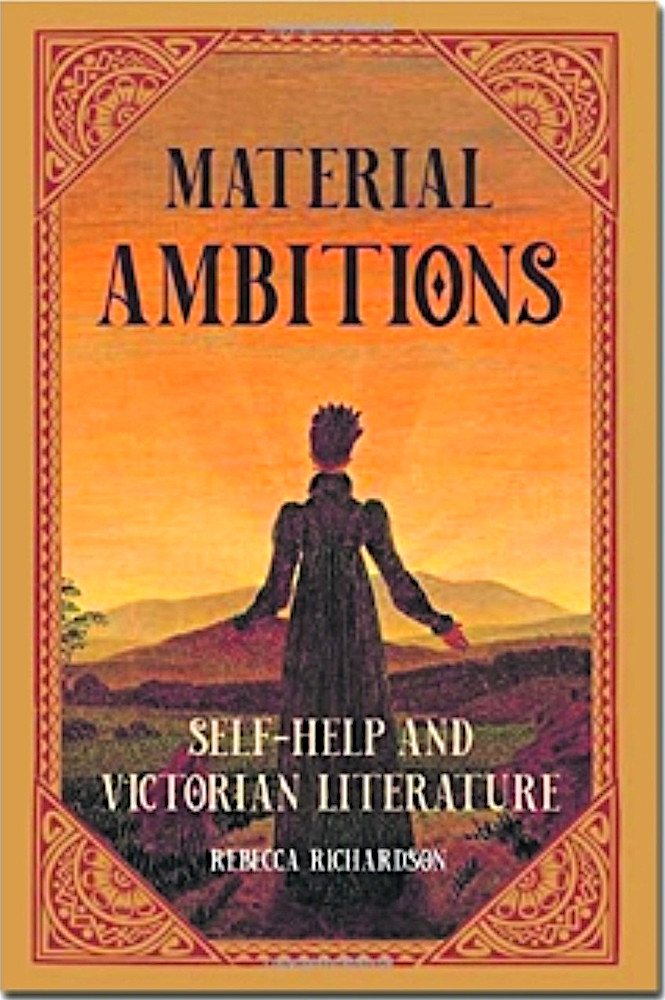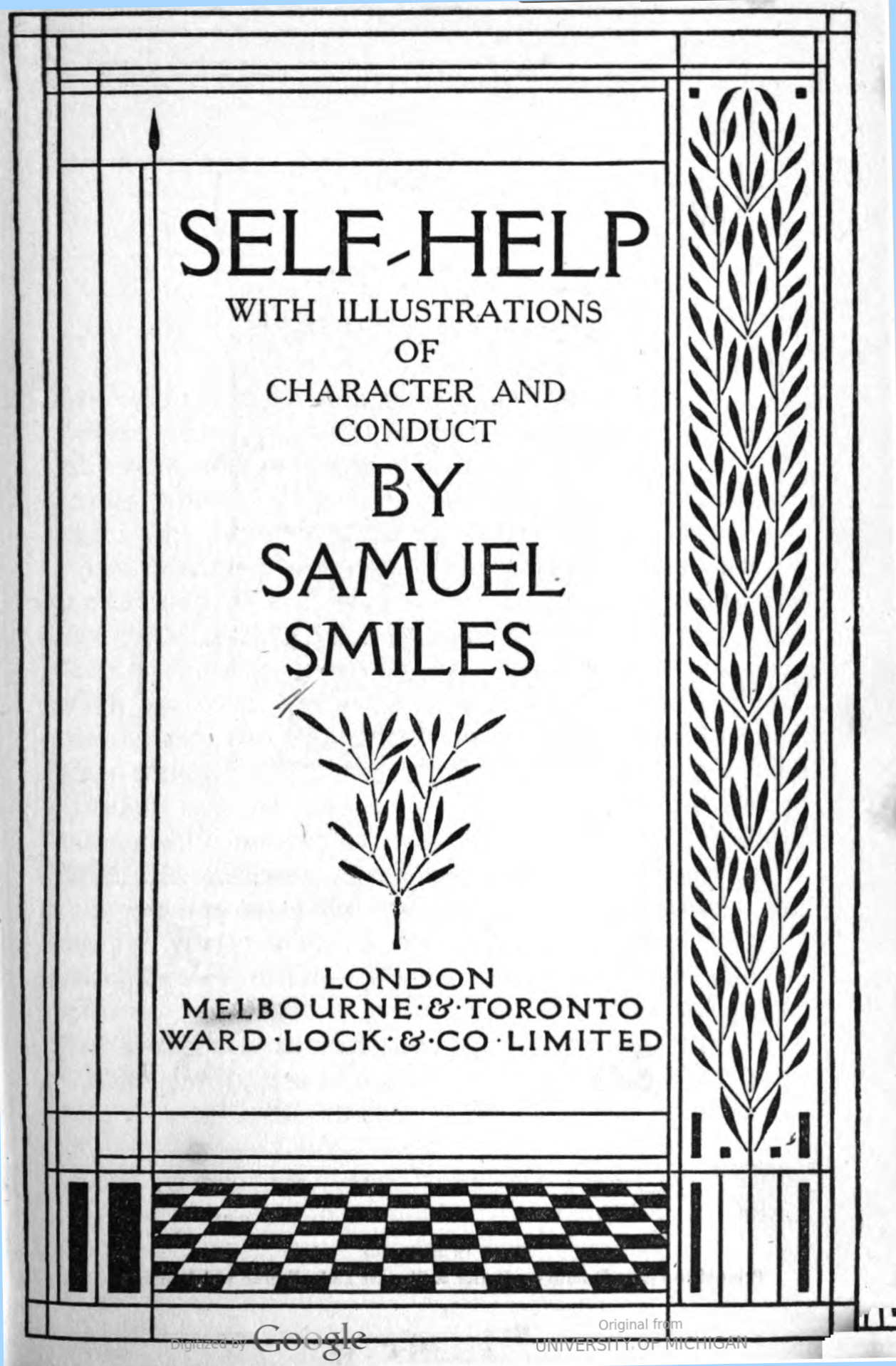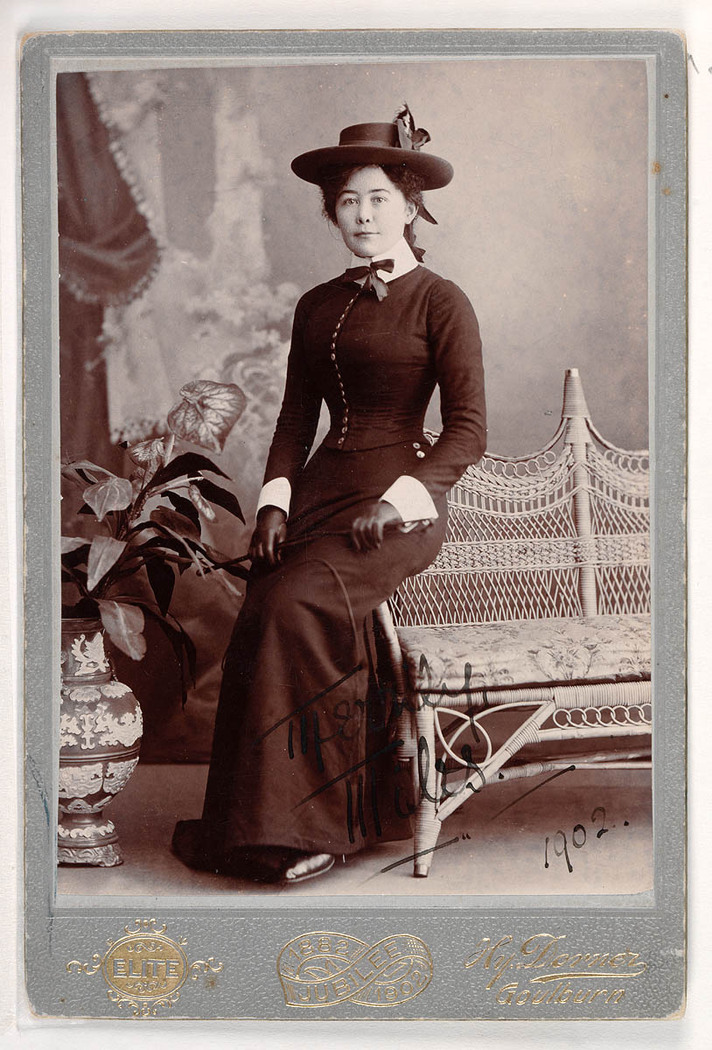An earlier version of this review appeared in the Times Literary Supplement (10 June 2022), entitled online "Help yourself: The Victorians and the cult of self-improvement." Some extra material, page references, links and illustrations have been added here. [Click on the images for larger pictures and more information where available.]

Cover of the book under review, featuring
Caspar David Friedrich's Woman before the Rising Sun," 1818-20.
The self-help genre inaugurated by George Lillie Craik's two-volume The Pursuit of Knowledge under Difficulties (1830-31) promoted aspiration, largely through historical exemplars. As Rebecca Richardson explains in an opening chapter focused on the best known exponent of the creed, Samuel Smiles, it inspired a whole new era of educational and cultural outreach, through Mechanics' Institutes, free libraries, and the like. It also permeated such novels as Dinah Mulock Craik's John Halifax, Gentleman (1856) and Dickens's Great Expectations (1860-61). By the time the latter appeared, Smiles had established the genre firmly with his Self-Help (1859), which at first outsold even the major novels of the day.


Title-page of Samuel Smiles's tremendously influential left: Self-Help (1859). Right: Portrait of Smiles.
In the shorter term, the self-help narrative, in which earnest individuals commit themselves to rising from inauspicious beginnings to benefit both themselves and society, won approval all round. It was seen as an inspiration that could contribute to the development both of the individual and of the community, even (in those days of imperial ambitions) the world. Who better to endorse this process than Dickens himself:
Dickens tapped into the power of such self-help tropes to describe his own rise when he addressed working men at mechanics' institutes, where he was frequently invited to lecture and give out prizes. In a speech delivered on December 3, 1858, at the prize-giving of the Institutional Association of Lancashire and Cheshire, in Manchester, Dickens seems to find real inspiration in the accounts of the prize winners: the men who worked by day in a coalpit and walked eight miles a night (three nights a week) to take classes, or the molder who worked in an iron foundry for twelve hours a day but woke up at 4 a.m. to learn drawing. As Dickens put it in an 1843 speech at the First Annual Soiree of the Athenaeum in Manchester, self-improvement builds a certain "property of soul": "The man who lives from day to day by the daily exercise in his sphere of hand or head, and seeks to improve himself in such a place as the Athenaeum, acquires for himself that property of soul which has in all times upheld struggling men in every degree, but self-made men especially and always." [4]
In the long run, however, the fictional narratives of success have worn much better than those lifted from history or what was then contemporary life. As Victorian values have fallen out of fashion, attention has focused instead on individuals or classes of people left out of, or even crushed by, the push for success, and here the novelists have the edge. Richardson finds that even those who seem to celebrate ambition invite more nuanced readings.
John Halifax himself seems the epitome of the persevering and deserving self-made man, striving nobly to use his success to exert a beneficial influence. But this success is undercut, Richardson argues, by the fact that his story is relayed to us by his friend, the invalid Phineas Fletcher: "In framing the story of the 'perfect' John Halifax, through the nostalgic perspective of his friend, Craik suggests the submerged competition and discontents of the novel's self-help plot" (104). After all, Phineas needed to step aside for John to succeed, and this, together with Phineas's nostalgia, works against the onwards and upwards trajectory of the narrative. One man's success may benefit others, Richardson points out, but is also built on others' failures. Ambition may have a darker, selfish and even self-destructive side, sometimes shading into obsession and personality disorder.


Left: John Halifax, with Phineas beside him in his wheelchair, looks down at the River Avon and fears that a flood is coming (his timely warning will prove a turning-point in his life). Craik, facing p. 64. Right: "Mr Joseph entangled" as Becky gets him to hold the skein for her.
As promised in her introduction, Richardson's focus on ambition successfully re-centers the self-help narrative. The tactic pays dividends throughout, guiding us through other critics' readings of this typical Victorian trope to her own assessments. Happily, she avoids distorting these assessments to fit her thesis. Thackeray's Becky Sharp, for instance, comes off unexpectedly well: Richardson feels that constant references in Vanity Fair to her diminutive size, coupled with the way the odds are stacked against her as a woman, if they do not actually excuse her lack of scruples, at least complicate our response to it. Richardson concludes Chapter 4 ("'At What Point This Ambition Transgresses the Boundary of Virtue': From Thackeray's Barry Lyndon to Vanity Fair") by seeing Becky as encapsulating Thackeray's mixed feelings about the trope, and the way it might apply to women:
Given Thackeray's interest, across his writing, in representing and critiquing ambition — in experimenting with positions from which to judge when ambition becomes absurd or selfish as it strives after art or riches — it is appropriate that he reached his own writerly ambition through a novel that dramatizes the double bind of women's ambitions, across Becky Sharp, who is too ambitious, and Amelia Sedley, who is not ambitious enough. And that he has so enduringly been identified with this upstart who invites us to sympathize with a woman's exaggerated ambition. [145]
Other chapters here deal with Harriet Martineau ("Expanding the Story of Ambition, Work,and Health, in a Limited World. Harriette Martineau's Economic and Illness Writing"), usefully aligning disability writing with the self-help genre; and Trollope ("Individuating Ambitions in a Competitive System: Trollope's Autobiography and The Three Clerks"). The latter, which involves both competition in work and rivalry in love, is a natural choice, but Richardson handles it in a nuanced way, reflecting, as she does in her chapter on Martineau, on the limits imposed by circumstance on "individual agency and ambition" (65).

Miles Franklin in 1902, from the collections of the State
Library of New South Wales.
IE number: IE3250403.
The departure of Aleric, one of Trollope's clerks in that novel, for New Zealand, allows Richardson to segue smoothly into her last main chapter. The more challenging case discussed here is that of Miles Franklin's My Brilliant Career (1901). Once hailed as a patriotic tale of settler life in Australia, the novel is now often praised for its feminist spirit, expressed through the central character, Sybylla. In a postcolonial reading, Richardson has to dig deep for Franklin's subtle acknowledgements that Sybylla's progress is predicated on the erasure of the Australian past, but she does find some. For example, when the settlers' crops fail, "Franklin tellingly contrasts these 'transplants' with the indigenous plants suited to the Australian climate.... [in such writing] Franklin hints obliquely at how the ambitions of settlers and imperial powers displaced Indigenous populations" (191) — though it is not clear that either Sybylla or Franklin herself fully recognises this.
As Richardson's study demonstrates, generally more convincingly, the Victorian novelists were much wiser than the proponents of self-help. They explored the ways in which aspiration encourages not simply ambition but competition, and often exploitation — perpetuating, says Richardson in a brief polemical Coda, the inequalities that still bedevil us today. After all, she feels, the "self-help narrative offered a rosy cover story for how a crowd of individuals might succeed together" while depending "all too often, on eliding the failure or losses of someone else" (8-9).
Links to Related Material
- Samuel Smiles, Self-Help, and the Denial of Victimhood
- Martha Stoddart Holmes's Fictions of Affliction: Physical Disability in Victorian Culture (review)
Bibliography
[Book under review] Richardson, Rebecca. Material Ambitions: Self-Help and Victorian Literature. New Haven and London: Yale University Press, 2019. Hardback. 304 + viii pp. ISBN 978-0300-22463-4. £20.
Created May 2019